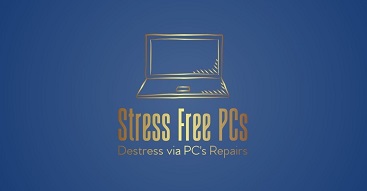What is Freeware
Introduction to Freeware
Freeware refers to software that is distributed to users at no cost. Unlike open-source software, where users can access and modify the source code, freeware is typically closed-source, meaning that the source code is not available for public modification. Freeware can be downloaded and used freely, but it is still subject to the developer's licensing terms.
Types of Freeware
Freeware comes in many forms, from simple utilities like file compression tools to full-featured programs such as web browsers or media players. Some freeware programs are offered as fully functional products with no limitations, while others may have restricted features or offer optional paid upgrades.
Benefits and Limitations of Freeware
The main benefit of freeware is that it allows users to access software solutions without paying for them. This makes it ideal for individuals or organizations with limited budgets. However, freeware may have limitations, such as lack of customer support, updates, or premium features available only in paid versions.
Freeware vs. Shareware
Freeware is often confused with shareware. The key difference is that freeware is completely free, while shareware is a trial version of software that may require payment after a certain period or for additional features. Freeware has no expiration, whereas shareware is often limited by time or functionality until a license is purchased.


